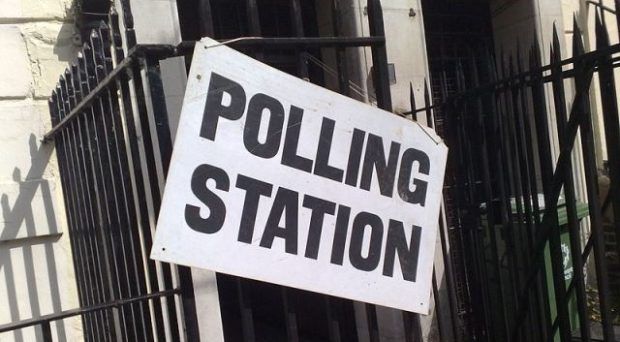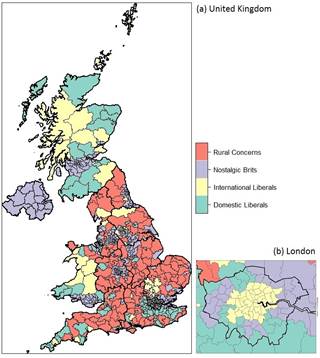EPJ Data Science Highlight - The power of novel data to understand political sentiment
- Details
- Published on 10 August 2017

In the aftermath of recent (and surprising) election results, it became evident that poll results do not tell the whole story about voters' intentions. In a study published in EPJ Data Science, researchers from the University of Leeds have mapped voter sentiment in all United Kingdom constituencies based on data from electronic petitions, achieving a good match with the results of the 2017 General Election.
(Guest post by Stephen Clark, Nik Lomax and Michelle A. Morris, originally published on SpringerOpen blog)
The EU referendum and 2017 General Election are two recent examples where polling companies failed to accurately predict the outcome of voter sentiment. Most predicted that the UK would vote to remain in the European Union and that the Conservative party would increase their parliamentary majority. When neither of these outcomes transpired there was much critique of the data sources and methods used to assess voter sentiment and opinion.
More data than ever about political sentiment is becoming available, and we argue that they provide an opportunity to better understand the views of constituents in the UK. One source, used in our article published in EPJ Data Science is e-petition data, collected by UK Parliament. We use these data to classify Westminster Parliamentary Constituencies based on the distribution and concentration of signatories.

In our paper, we identify four classes of Westminster Parliamentary Constituency: Domestic Liberals; International Liberals; Nostalgic Brits and Rural Concerns. Both Domestic and International Liberal constituencies oppose Brexit, supporting petitions asking the government not to trigger article 50 and hold a second referendum. Domestic Liberals are also concerned with issues at home (like taxing sugary drinks) while International Liberals have less concern for domestic issues, favouring petitions focused on international causes.
Constituencies classed as Nostalgic Brits and Rural Concerns are far more conservative. Nostalgic Brits support petitions which reflect a bygone age (e.g. greater parental say over school attendance) while Rural Concerns areas are anti-EU and support petitions related to rural life (e.g. strong support for both the banning and retention of grouse shooting).
We find that our four classes map well to voting patterns from the 2017 General election. The Conservative party enjoys most support in the Rural Concerns class with little support in the International Liberals class. The Labour party is strongly represented in both the International Liberals and the Nostalgic Brits classes.
Our article demonstrates that there is meaningful information in the responses to e-petitions and that this can have an impact that shapes perceptions of the political debate in each constituency. We argue that these data provide a picture of political sentiment around the country, removing the need to be reliant on out of date decennial Census data, geographically sparse and incomplete opinion poll data, or sporadic household survey data.




